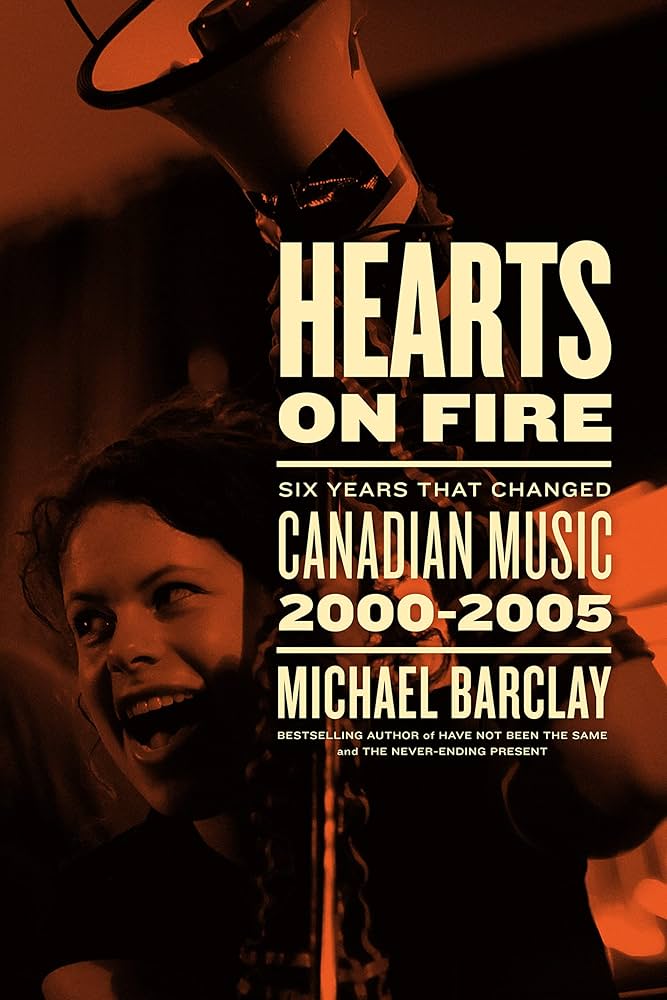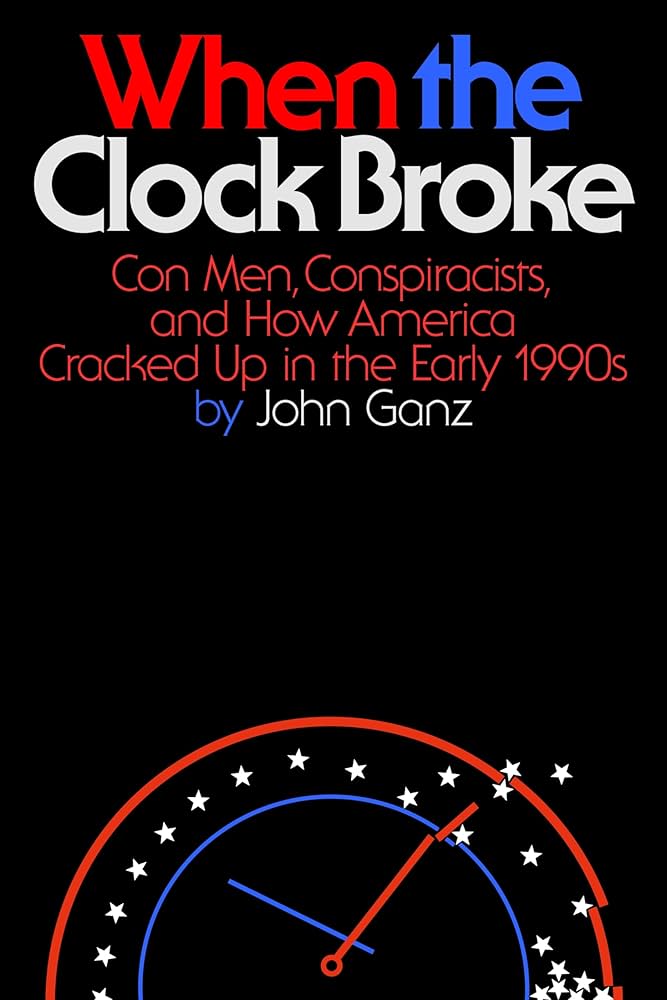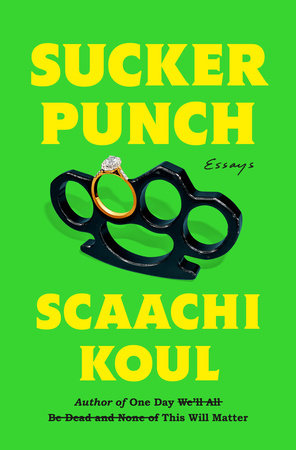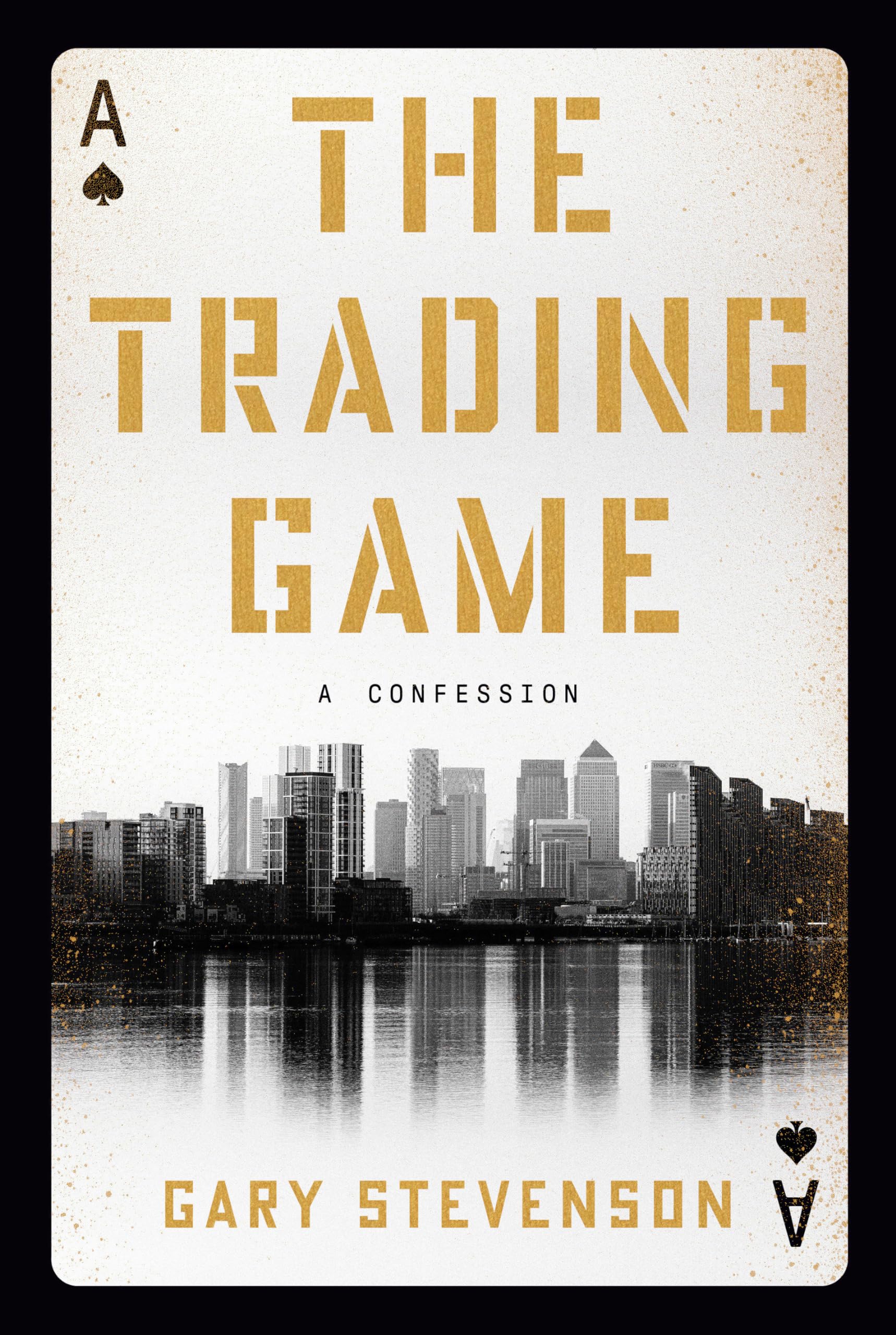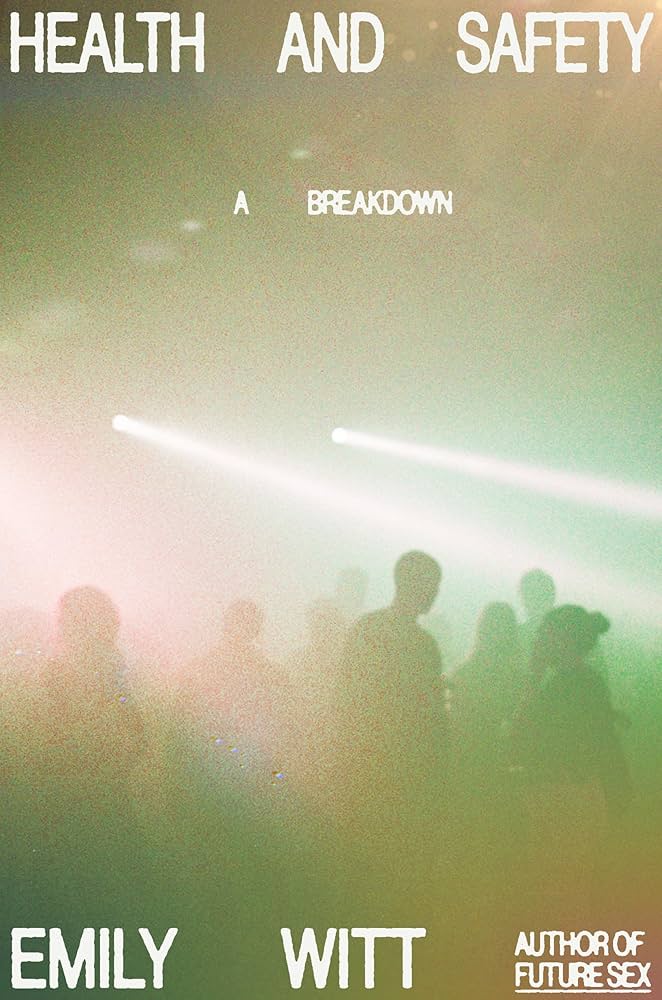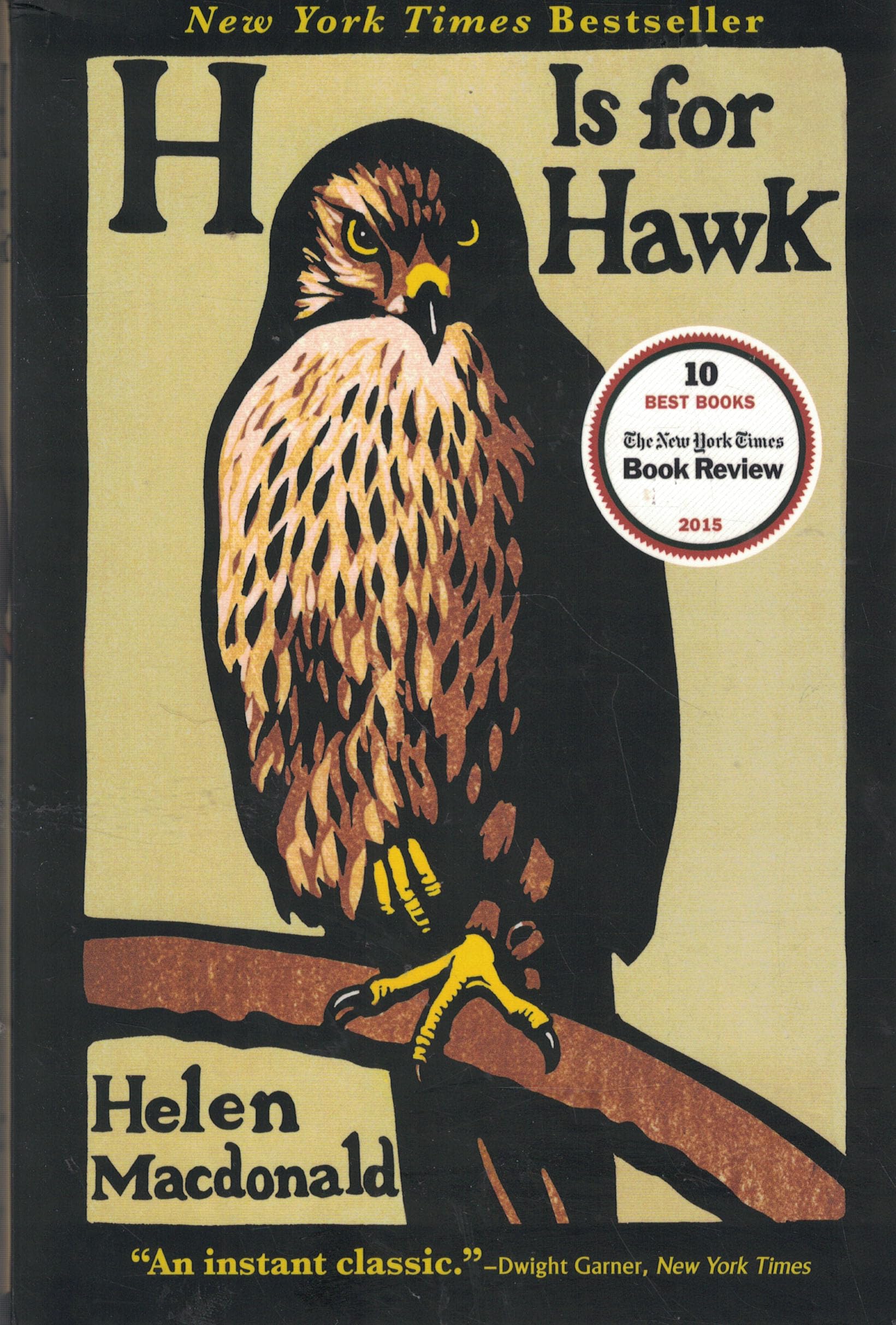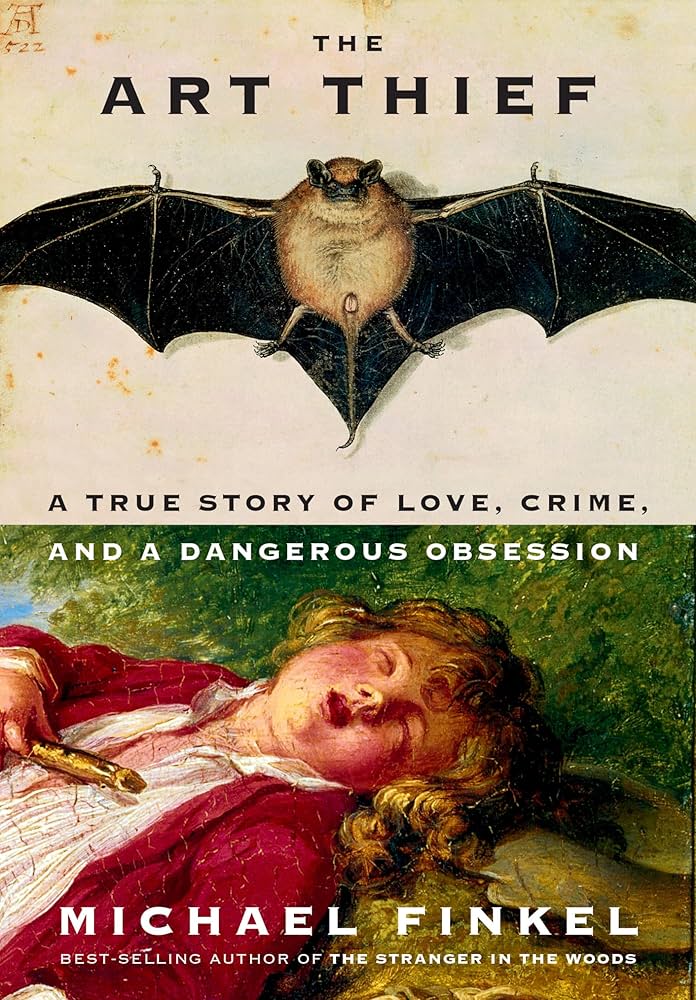Michael Barclay has been writing about the Toronto music scene for a long time. His Substack, That Night in Toronto, is is one of the best show listing resources in the city. The list of people with his knowledge of the scene might have only his name on it. And if band names like The Constantines, Danko Jones, Peaches, Weakerthans, Hot Hot Heat and Stars mean anything to you, then pick this book up. Just don’t expect it to be the CanCon Meet Me In the Bathroom or Sellout.
Barclay is a historian above all. This book is 600 pages long with tiny type and narrow margins. Chapters are frequently 50 pages. It took me months to get through, and if I’m honest sometimes I resented it. It was worth the effort.
Each chapter works like a Carrie Mathison board – three or four artists that were household names in the Toronto scene in that era, and Barclay starts making connections. Leslie Feist lived with Peaches, who had success in France with Chilly Gonzales, who frequently played with Sarah Harmer, whose band was signed to the label started by the guy from Thrush Hermit, who was connected to Sloan, whose guitarist was dating Emily Haines. (I know those aren’t correct, but you get the point.)
Even if all those names mean something to you, the book can be as overwhelming as it is rewarding. We learn street addresses, names of bars and managers and A&R reps and label bosses. We learn about the early lives of the musicians, where they went to high school (and with whom), what their parents did for work.
It’s a lot.
But if, you lived and died for that scene, it’s an incredible nostalgia trip. Barclay is clearly a huge fan of the scene, and his knowledge is encyclopedic.
What he does well is group artists in ways to make each chapter feel like a coherent story, and highlight the cultural and musical overlaps between artists in ways I didn’t know about or expect (Feist and Peaches for example).
What’s lacking is a thesis. While it’s fun to see how the (tiny) scene was connected in the era, and revisit the music and venues that I spent (and spend) a lot of time at, he doesn’t have a unifying idea other than “that was awesome, eh?” (and in fairness, it was awesome). It pulls at some threads — the outsize influence of certain Canadian acts, the sloppiness of the various financial supports, the challenge of touring across a country this wide and empty, the prudishness that drove artists like Danko Jones and Peaches to Europe, the mismatch of popularity and income in the era of Napster — but it doesn’t ever really add up to something.
I was discussing with someone that this could have been a great series of books – maybe 3 books that pick a theme and build stories around it, but that would likely would be a non-starter in Canadian publishing. A documentary would be great, but I don’t imagine much footage exists from that era (I was there, and there weren’t a lot of Handicams around). We agreed this book probably best approached slowly, like an archive of magazine deep dives rather than a single narrative. Take lots of breaks, read the chapters in the order they appeal to you.
I didn’t always love reading this book, but I love having read it.

